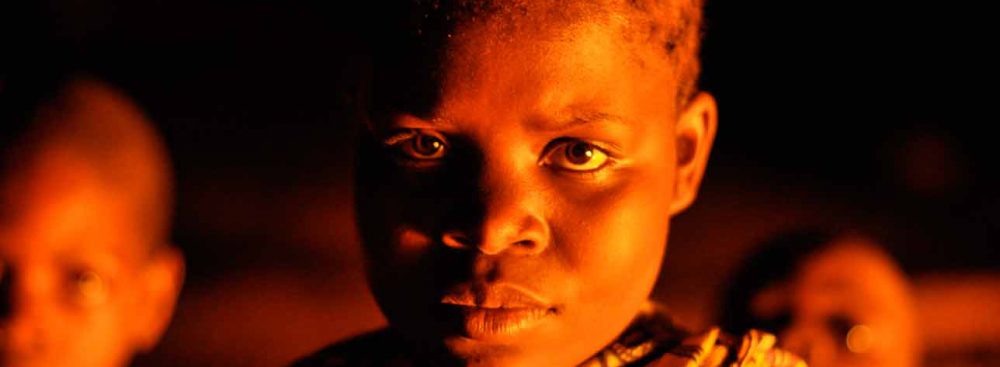
Earlier this year, I received an author’s copy of the Handbook on Intervention and Statebuilding edited by Nicolas Lemay-Hébert. The volume covers a wide range of engaging topics from colonial legacies to gendered security sector reform to the role of myths. The editor-suggested title of my chapter is “the Everyday Politics of International Interventions”. If this seems somewhat familiar to you, then rest assured that it is the subtitle of Séverine Autesserre’s 2014 book “Peaceland” (which I reviewed here). Autesserre is a distinguished author whose ground-breaking research has inspired my professional and academic development since 2010. Consequently, her work significantly informed this chapter.
In the text, I summarise the literature on the inner workings of international interventions. The underlying premise is that despite their inherent differences and overt efforts to distinguish themselves from each other, diplomats, humanitarians, development workers and peacekeepers actually share a number of beliefs (for instance, that interventions are necessary and beneficial), practices (e.g. cumbersome administration, security regulations and report writing) and social habits (e.g. after hour drinks, frequent vacations and going-away parties). To a large degree, these mental frames, habits and daily practices determine what is discussed, how it is discussed and with what means it will be addressed. The physical objects of intervention, such as bunkered aid compounds, massive SUVs and exclusive restaurants, exacerbate the distance between aid workers and locals and lead to pre-designed patterns of interaction with national colleagues and intended beneficiaries. As a result, Peaceland becomes a ‘bubble’ with its own social logic, largely unrelated to local realities.
As someone who has worked in peacekeeping, humanitarian aid and development, I find this literature compelling and a potential eye opener to my own blind spots and biases. However, some of my practitioner colleagues and friends have taken offence to being first “spied upon” and then criticised harshly. More generally, concerns over reputation and funding among many aid organisations have led to an overly risk-averse and complacent culture. I believe that ‘we’ – who aim to serve people in need – should be more self reflective and critical for at least three reasons: 1) Contrary to the long list of exogenous factors (challenging conditions, vested interests, limited means, etc.), frames and practices are aspects that interveners can actually address themselves; 2) ‘We’ – those working in and on interventions – have the responsibility and are best placed to make this change; and 3) Pro-active engagement with problematic frames and practices is beneficial for people in need and intervening entities themselves. For example, organisations such as MSF have demonstrated the positive impact of a principled and outspoken stance.
Changing practices might be more difficult than expected, as they are part and parcel of structural conditions (such as the inherent competition in the sector), which cannot simply be addressed on the individual level. Indeed, my research revealed a frustrating and worrisome tendency of delegating responsibility to individuals, while the underlying structural conditions remain unaddressed. Nevertheless, Autesserre seems more optimistic. Pressed on this point during a lunch conversation, she gave the example of how her 2010 book “The Trouble with the Congo” had successfully shifted the focus of policy-makers and interveners to the local conflict dynamics. We can conclude that in addition to timing, how you communicate your concerns might be as important as their substance for stimulating change, whether you are a globally recognised researcher or a cluster coordinator in the field.
